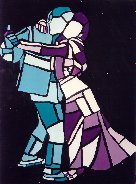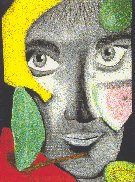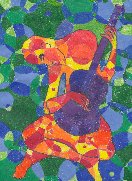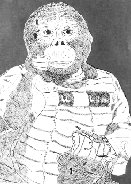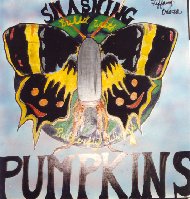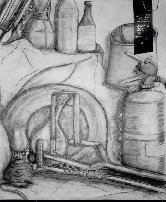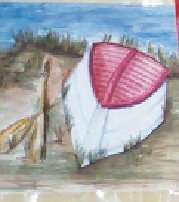| Assessment : | Acceptable Performance Level |
| Completed art projects. | 3.0-4.0 Average on completed work. |
| 2 pieces of artwork for the May Art Show. | 3.0-4.0 Average on report card (90-100 grade point average for two six week terms) |
| CONTENT SEQUENCE
(40 Weeks) |
PERFORMANCE INDICATORS (INTERMEDIATE) | METHOD OF ASSESSMENT
|
ACHIEVED PERFORMANCE LEVELS |
| Surrealist Designs
Dali |
1B, 1C, 2A, 2C, 3A, 3B 4A, 4B | Rubric | 3-Proficient |
| Cubist Figures
Picasso/Braque |
1A, 1B, 1C, 1D, 2A, 3A, 3B,4B
|
Rubric | 3-Proficient |
| Pen & Ink Creatures
Greek/Roman Art |
1B, 1C, 1D, 2A, 3A, 3B, 4B | Rubric | 3-Proficient |
| Self Portrait Drawing
Rembrandt |
1B, 1F, 2A, 2C, 3B, 4B | Rubric | 3-Proficient |
| Painted Portraits
Renoir |
1A, 1B, 1C, 1F, 2B, 2C, 3B | Rubric | 3 Proficient |
| Gargoyles
Sculpture |
1A, 1B, 1C, 1D, 2A, 2C, 3B, 4B | Rubric | 3-Proficient |
| Linoleum print making
Munch/Durer |
1A, 1B, 1C, 2B, 2C, 4A | Rubric | 3-Proficient |
| CD Cover Design
Illustration |
1B, 1C, 1D, 2D, 3A | Rubric | 3-Proficient |
| Op Art Design
Vaserley |
1A, 1B, 1C, 2B, 3B, 4A | Rubric | 3-Proficient |
| Landscape Painting Watercolor Homer | 1A, 1B, 2A, 2C, 3B, 4B | Rubric | 3-Proficient |
| Still Life Drawing | 1B, 1C, 1F, 2A, 4B | Rubric | 3-Proficient |
| Clock Design | 1A, 1B, 1C, 1D, 1F,2B, 3A, 3B, 4A | 3-Proficient | |
| Caricature | 1C, 1D, 1F, 2A, 3B | Rubric | 3-Proficient |
| Silk Screen Printing
Warhol |
1B, 1C, 1D, 2D, 3B, 4B | Rubric | 3-Proficient |
